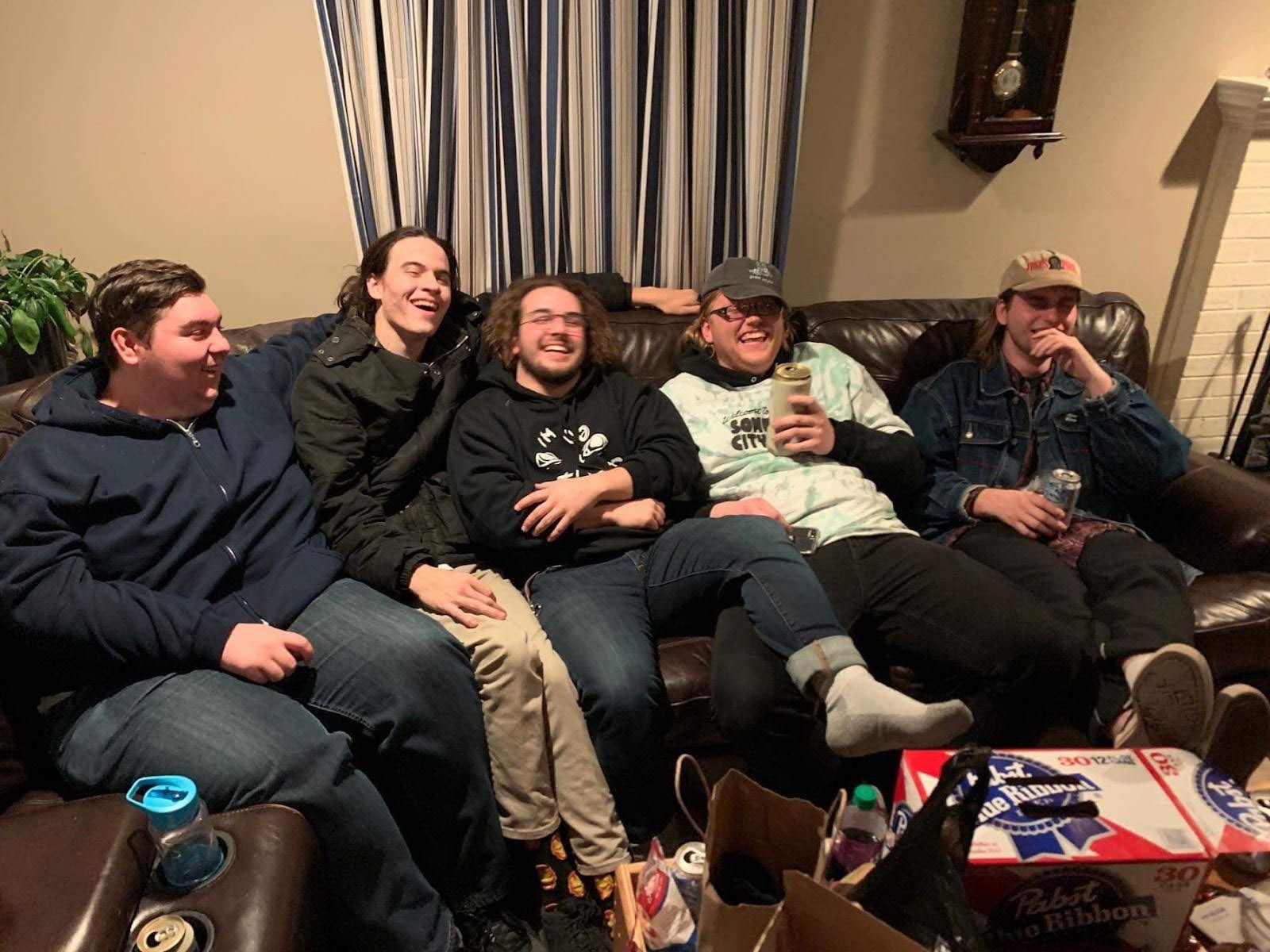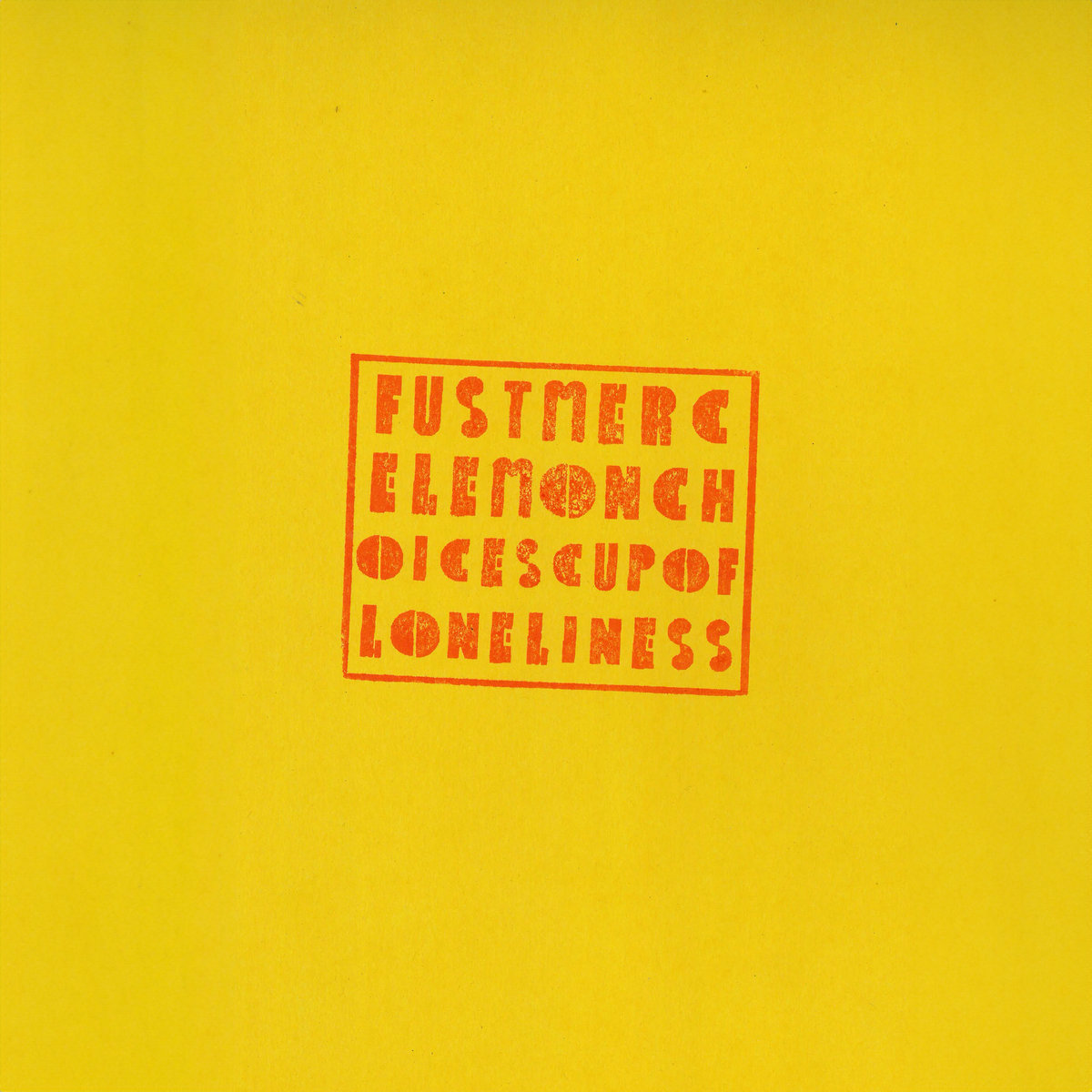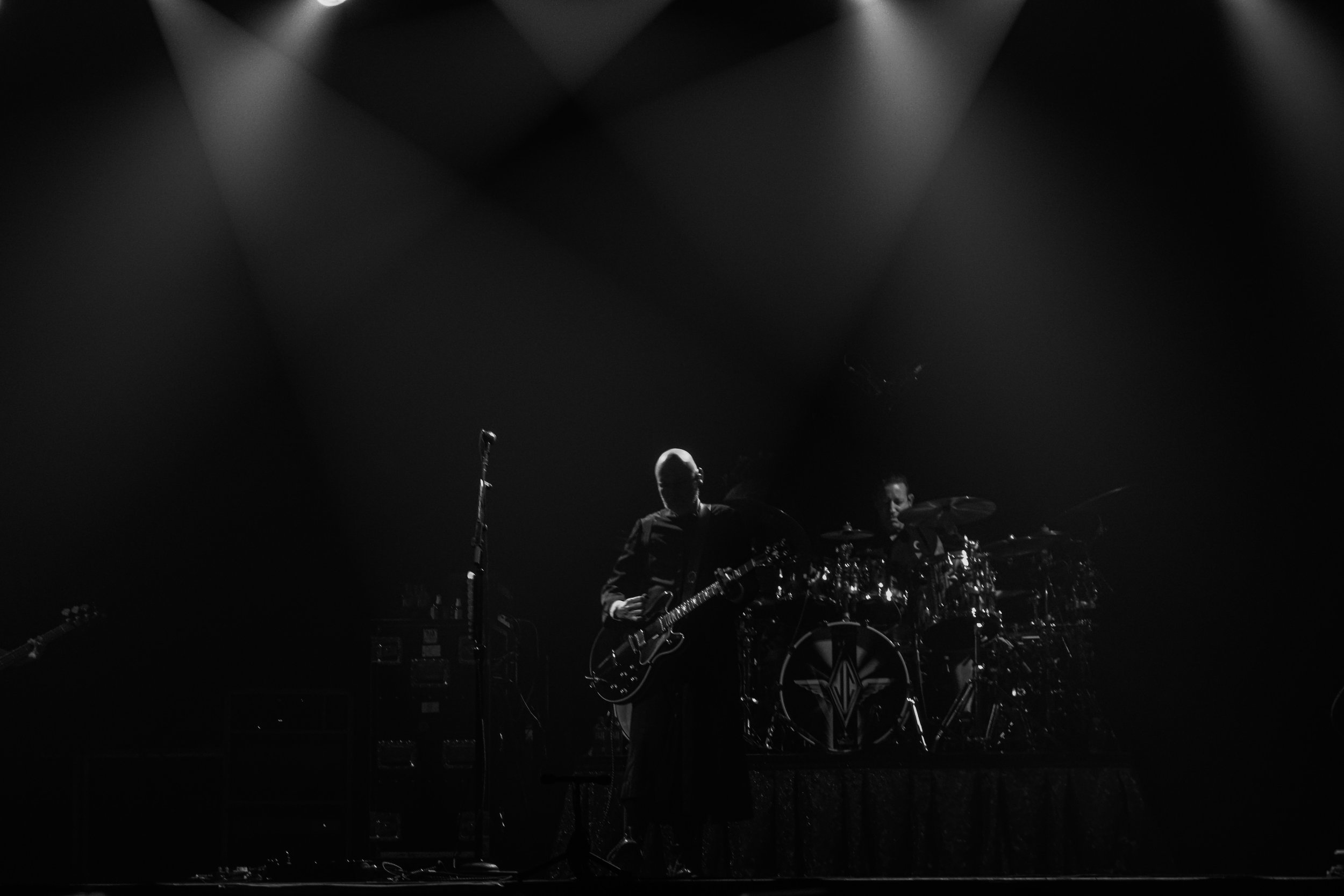Ekko Astral – pink balloons | Album Review
/Topshelf Records
As a trans woman, I spent the first 24 years of my life walking through a security line, checking for deviances from the norm in my performance of masculinity. When you spend every day questioning whether you fit in, you mistrust whether you know who you are. I had not heard a record capture these feelings more concretely until pink balloons by Ekko Astral. Throughout the album’s 36-minute runtime, frontwoman Jael Holzman lays out the issues trans people are forced to grapple with over a wall of noisy post-punk.
Ekko Astral hails from our nation's capital and has formed a nice little cult on the strength of their first excellent EP, QUARTZ, and a stellar live show, which, after I saw it once, drove me to travel to DC just to see again. QUARTZ was an incredible first document, full of moments that inspire desperate sing-alongs, like the brilliant kiss-off to the male gaze, “EAT OFF MY CHEST (WHILE I STARE AT THE CAMERA),” or tracks like “1000 DEGREES” that contrasts the ferocity with an ethereal dream of a blissfully content life.
But pink balloons takes everything magnificent about QUARTZ and allows the band to stretch out their sound and mutate. Where there was once space in the mix of “YXI,” newer songs like “head empty blues” immediately present a more claustrophobic sound, filling the mix in with two additional guitars. Holzman’s lyrics on “THE MIRROR IS A MONSTER” were already semi-surrealist, but now it feels like they have been infested with Twitter brainworms when she sings, “my brain’s bust like / molly shannon / just shoot me out a cannon / and as I hit / open my head / can you see it? / nothing’s there!”
I love the ways Holzman hysterically details the experience of endless dates on “uwu type beat” with lines like “baskets of fries / empty suit guys” and “he skipped just one of her episodes / and now he’s completely lost the plot / he’s going gone.” One track later, “on brand” finds her desperate for love when she sings, “she’s lefty loosey / but the right guy could / make her swing right tho.” The whole record is full of brilliant lines that I have wanted to steal and tweet myself ever since I first pressed play, like the cry against consumerism, “spending all my money on a mass hysteria,” or the crazy rhyme of “you’re running thru the aisles / drinking taco bell mild / credence clearwater revival / just another two-week trial.”
The humor and linguistic creativity in Holzman’s lyrics make the moments of directness feel even more impactful. We see these dynamics at play most distinctly on “devorah” with how the Taco Bell couplet immediately follows Holzman excoriating Congress people for compartmentalizing issues into simple acronyms on the lines “I’ve got solidarity with all the missing murdered people! / I’ve got solidarity! / Do you solidarity?” She expands the acronym used on the hill for Missing or Murdered Indigenous People to remind us that these issues aren’t just talking points. Holzman’s plea of “nothing’s funny anymore” on the coda of “sticks and stones” reminds me of fellow DC punk Ian Mackaye’s call of “irony is the refuge of the educated” on “Facet Squared.” We have to engage in the issues of our time instead of avoiding them with artifice.
The most impactful moment of the record for me rests in the chorus of lead single “baethoven.” Holzman’s cries of “the pain of being myself” are layered one on top of each other to the point of being nearly incoherent as the rhythm section hammers an icepick through your eye socket. The loudest critic of my transition has always been the dysphoric thoughts that rush into my head when I look at myself in the mirror and notice all the things, like my brow ridge or beard shadow, that make my brain deny my femininity. That is “the pain of being myself,” and it is fucking overwhelming.
My favorite moment comes with the gentle, guitar-only ballad “make me young.” Bassist Guinevere Tully takes lead vocals for this track, delivering the line “all those things I thought I was / got muddled with what I’ve become,” which captures the dual reality of transness: being happy with existing truly while perpetually yearning for more. When Tully sings, “Yeah I know these thoughts / shouldn’t drive me insane / but they do / oh it does,” I’m reminded of how it feels to agonize over the fact that I didn’t start transitioning earlier. How hearing Transgender Dysphoria Blues didn’t make everything click for me. “make me young” may be the easiest track to digest aesthetically, but that’s only there to lull you into a false sense of security. This song will break you.
“make me young” is meant to destabilize you in terms of sequencing as well, as its jangly guitars immediately follow the haunting, skeletal beat of “somewhere at the bottom of the river between l’enfant and eastern market.” The echo of “I can see you shifting in your seat” that opens the record finds its source here in a spoken word passage about how cis people shy away from facing the realities we trans people experience. They want to ignore the fact that “lots of us don’t make it home.” The impact of politics is material in our lives, and we need cis people to understand the fact that “if you walk through a cemetery / you’ll pass people buried under gravestones of strangers.” To sit uncomfortably and do nothing is complicity. Or, as Holzman says, “I have friends still hiding while you throw a parade.”
The most euphoric moment on this record comes at the very end. Closing track “i90” starts with three minutes of simmering, tension-building solo guitar that calls to mind how IDLES ended their first record with a lament. In the second verse, Holzman is joined, for the first time all record, in solidarity by another voice, Josaleigh Pollett’s. When the tension finally gets to be too much, the rest of the band syncs up with Holzman and Pollett belting out a repeated plea of “low rider / hang em higher / keep the rhythm.” After a record detailing the trials and tribulations of transitioning, this is a plea for you to survive. “i90” is not a triumphant end to the record, but it is a true one. Until we can burn this whole thing down and build a new world in our image, all you can do is keep the rhythm and, God, stay alive, please.
Lillian Weber is a fake librarian in NYC. She writes about gender, music, and other inane thoughts on her substack, all my selves aligned. You can follow her burner account on Twitter @Lilymweber















